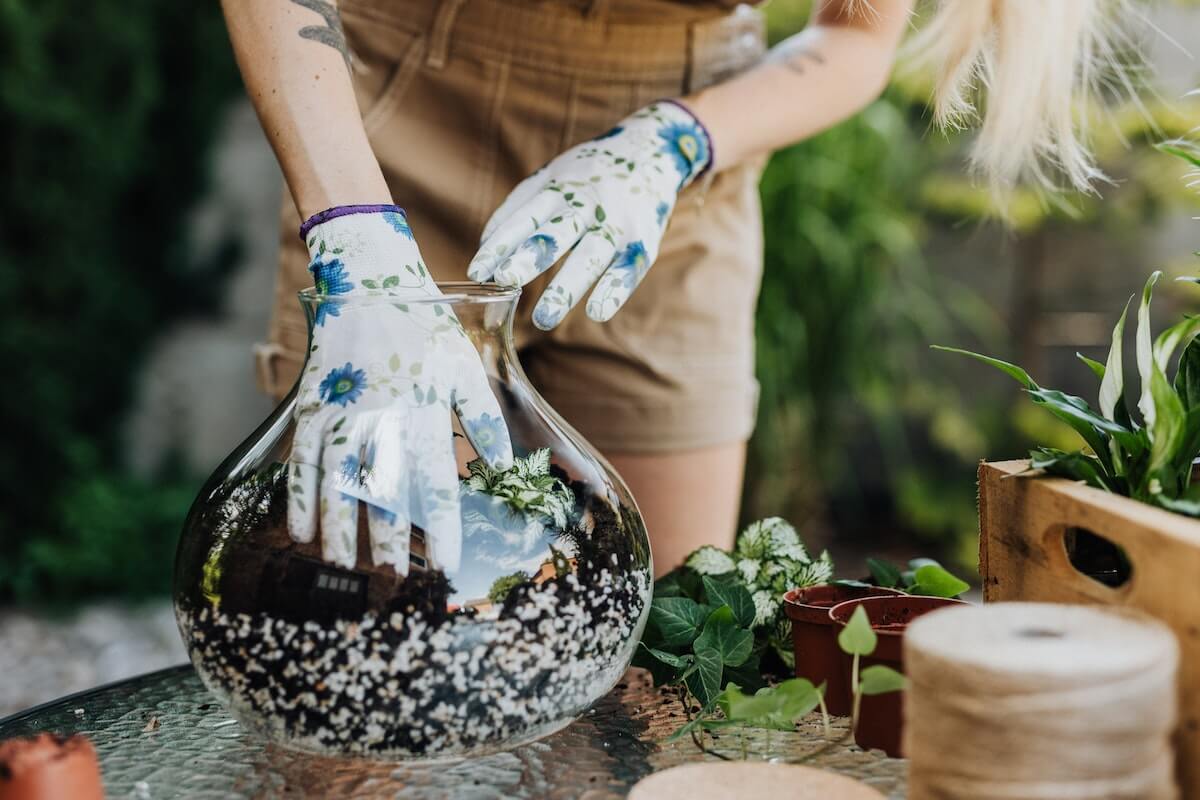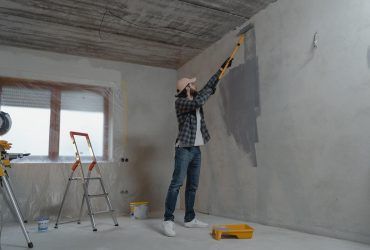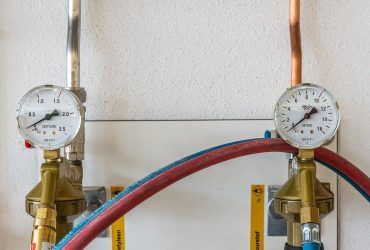Terrariums are a great way to bring a touch of nature indoors and create a beautiful and low-maintenance addition to your home décor. Whether you’re an experienced gardener or a beginner, creating a terrarium is a fun and rewarding DIY project that requires minimal space and supplies. In this post, we will guide you through the process of making a terrarium step-by-step, using succulents and other plants.
Materials Needed:
- A glass container (such as a fishbowl, mason jar, or vase)
- Small pebbles or gravel
- Activated charcoal
- Potting soil
- Succulent plants and other small plants (such as ferns or moss)
- Decorative elements (such as stones, shells, or figurines)
- A small watering can or spray bottle
Step 1: Choose Your Container
The first step in creating a terrarium is to choose a container. The size and shape of your container will depend on the plants you want to use and the space you have available. You can choose a traditional fishbowl, a mason jar, a vase, or any other glass container that you like.
Step 2: Add Pebbles or Gravel
Once you have chosen your container, add a layer of small pebbles or gravel to the bottom. This layer will help with drainage and prevent water from pooling at the bottom of the container.
Step 3: Add Activated Charcoal
After adding the pebbles, add a layer of activated charcoal. This layer will help to filter the air and prevent the growth of harmful bacteria in your terrarium.
Step 4: Add Potting Soil
After adding the activated charcoal, add a layer of potting soil on top. Make sure to leave enough room for your plants to grow, but don’t fill the container all the way to the top.
Step 5: Add Plants
Now it’s time to add your plants. Start with the largest plants first, placing them toward the back of the container. Then add the smaller plants, placing them in front of the larger ones. Be sure to leave enough space between the plants for them to grow.
Step 6: Add Decorative Elements
Once you have added your plants, you can add decorative elements such as stones, shells, or figurines to your terrarium. These elements can add texture and interest to your terrarium, and can be a great way to personalize it.
Step 7: Water Your Terrarium
Finally, water your terrarium using a small watering can or spray bottle. Be careful not to overwater, as succulents and other plants in a terrarium don’t require much water. Monitor the soil moisture and only water when the soil is dry to the touch.
Maintenance:
Once your terrarium is complete, it will require minimal maintenance. Be sure to place it in an area with bright, indirect sunlight, and rotate it occasionally to ensure that all sides of the plants receive light. Water only when the soil is dry to the touch, and trim any dead leaves or stems as needed.
Also Read: 10 DIY Home Improvement Projects for Beginners
Conclusion:
Create a terrarium is a fun and rewarding DIY project that can add a touch of nature and beauty to your home décor. With these simple steps, you can create a beautiful and low-maintenance terrarium with succulents and other plants. So why not give it a try and create your own little garden in a glass container?








